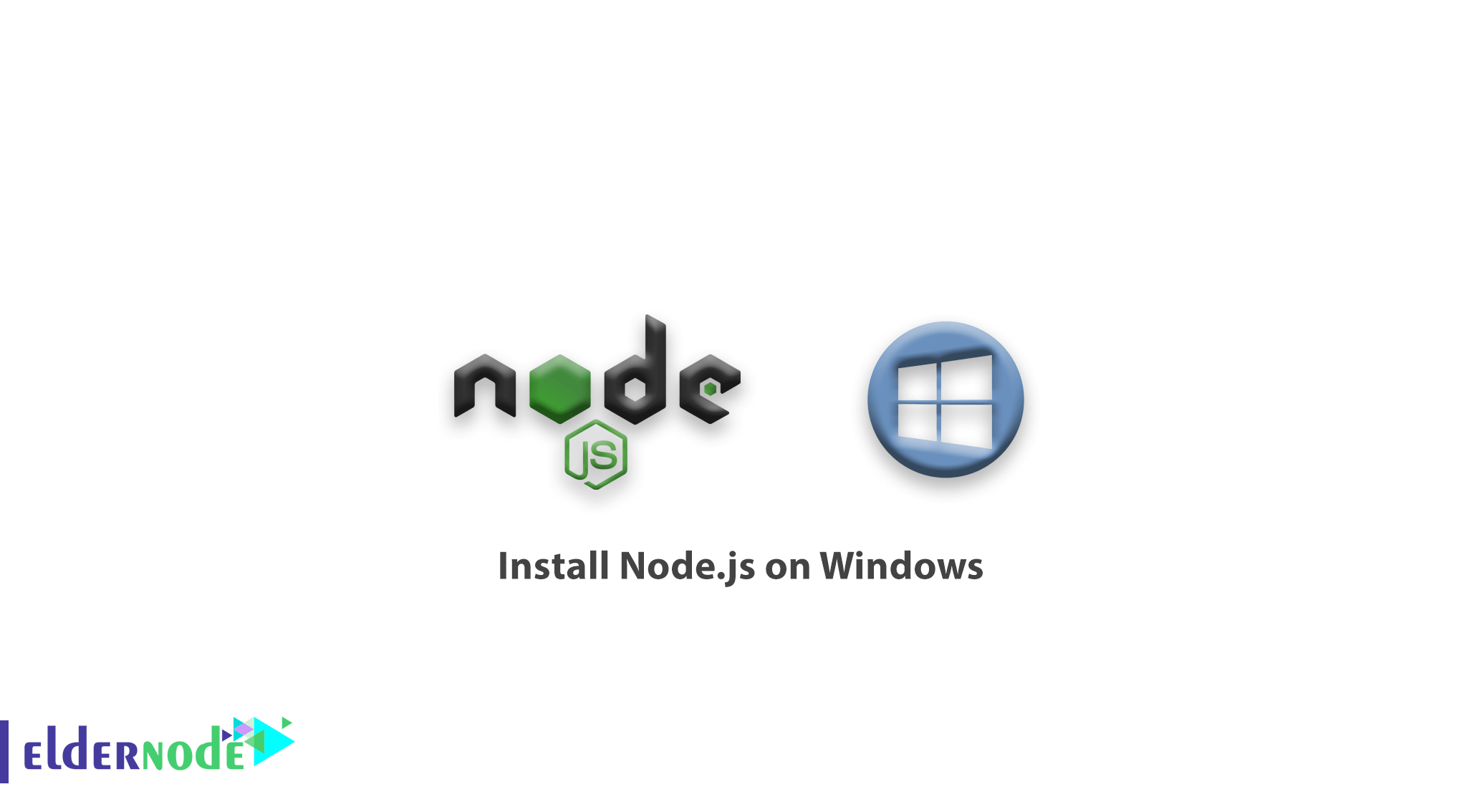

Traditionally, you're used to globally installing any sort of program or software on your computer. This is the most confusing concept to understand at first, so it's important to let this settle in. *npm actually does not stand for "Node Package Manager" but essentially that's what it is and does, so most people refer to it that way. Npm doesn't stand for Node Package Manager*, which means it’s the tool to connect to the repository containing all the Node.js programs, plugins, modules and so on. With the advent of Node.js, JavaScript can also be used as a server-side language.

JavaScript is a client-side programming language, which means it’s processed in the browser. Set up Node.js and npm on Windows and Mac.The provided tutorial has everything you need to know. Don't skip this step! If you don't know how to use the command line, you'll be fighting an uphill battle. I'd prefer to write one definitive guide to refer to in the future, so here it is. I find myself writing about this over and over again in the prerequisites of an article I've begun to write. Gulp, Grunt, and Webpack are a few examples of popular technologies you may have heard of that require a knowledge of the Node ecosystem. In order to use almost any development tools based in JavaScript, you'll need to know how to use npm and Node.js.


 0 kommentar(er)
0 kommentar(er)
